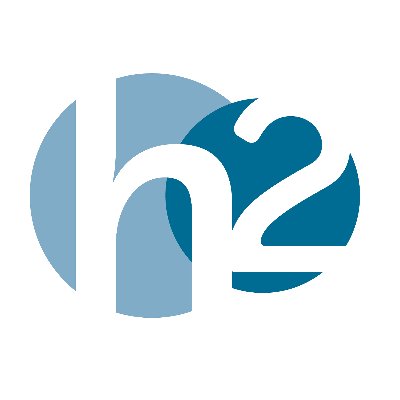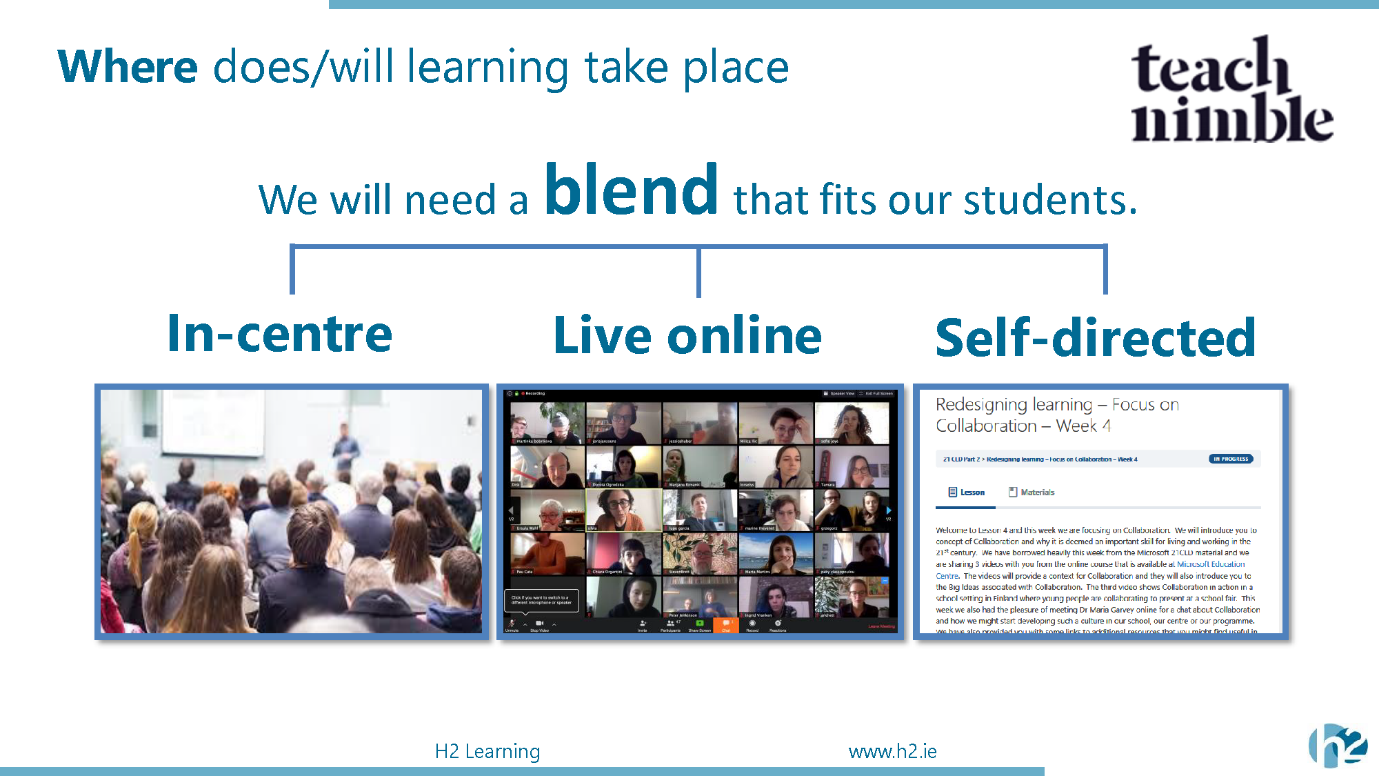Dr Hallissy’s webinar was delivered in the context of COVID-19 emergency teaching, which for many began in March 2020 as a result of the global pandemic. While his presentation delivered an insight into the effective use of digital technologies, he first made the important point that remote learning is not new. Rather, it has been around long before “Zoom”. Examples of this include teaching delivered by radio instruction during the polio epidemic (1950s). Dr Hallissy made the careful distinction between emergency remote teaching taking place in response to the COVID-19 pandemic, and terminologies like “online learning”, “virtual learning” and “distance learning”.

“Well-planned online learning experiences are meaningfully different from courses offered online in response to a crisis or disaster. Colleges and universities working to maintain instruction during the COVID-19 pandemic should understand those differences when evaluating this emergency remote teaching.”
- Hodges, Moore, Lockee, Trust, Bond (Friday, 27th March 2020)
Dr Hallissy gave some examples of definitions of blended learning including:
Quality and Qualifications Ireland (QQI) guidelines refer to blended learning as:
“The integration of classroom face-to-face teaming experiences with online learning experiences.”
The purpose of Dr Hallissy’s session was to support members to develop blended learning options for adult learners on their programmes. A key point we returned to throughout the presentation and in the discussions that followed was the importance of delivering unique blended learning opportunities. This reflects the many programmes delivered by AONTAS members nationwide to a diverse range of adult learners. AONTAS values this diversity through its advocacy focusing on the right of all adults in Ireland to quality learning opportunities. Developing blended learning approaches can offer positive outcomes including increased flexibility and autonomy for learners. To ensure effectiveness, learner control and choice on time, place, path and pace should be considered when planning.

Image from http://teachnimble.com/
Dr Hallissy shared a variety of blended learning examples as well as useful resources with members seeking to create blended learning plans, highlighting the importance of considering both your tutors and learners when designing learning.
Since the shift the remote learning in March of this year, AONTAS members have shown great innovation in adapting their programmes to continue to meet the needs of their learners. Our blog post focusing on a recent member webinar, “AONTAS Membership Webinar Focuses on Best Practice in Online Learning” reflects the value members place on collaboration with other organisations in the sector to develop effective teaching practices that benefit the adult learner.
One member described their efforts to reimagine the “classroom space” on Zoom. For example, learners are in the practice of switching off their camera and working independently but always with Zoom line open to access to the tutor for support. Members further emphasized that despite the benefits of online learning to learners eg those unable to travel to physical learning spaces, it is vital we recognize that online options are not always suitable for the peer-to-peer exchange – a practice that adult learning and especially community education embodies. Further, concerns remain around the potentially exclusionary nature of online learning and the logistical challenges facing learners eg learners unable to access digital devices or those facing digital literacy challenges.
Dr Hallissy’s presentation followed by discussions amongst members confirmed that blended learning opportunities must deliver a “unique blend” that is learner centered and accounts for learner preference as well as the technologies available. Blended learning should not rely solely on digital platforms and should not be confused with emergency remote teaching.
________________________________________________________________
Please email AONTAS Communications and Membership Officer, Barry Dolan at: bdolan@aontas.com if you wish to access a copy of the presentation.
To register for future AONTAS membership update and engagement webinars visit our Events page.